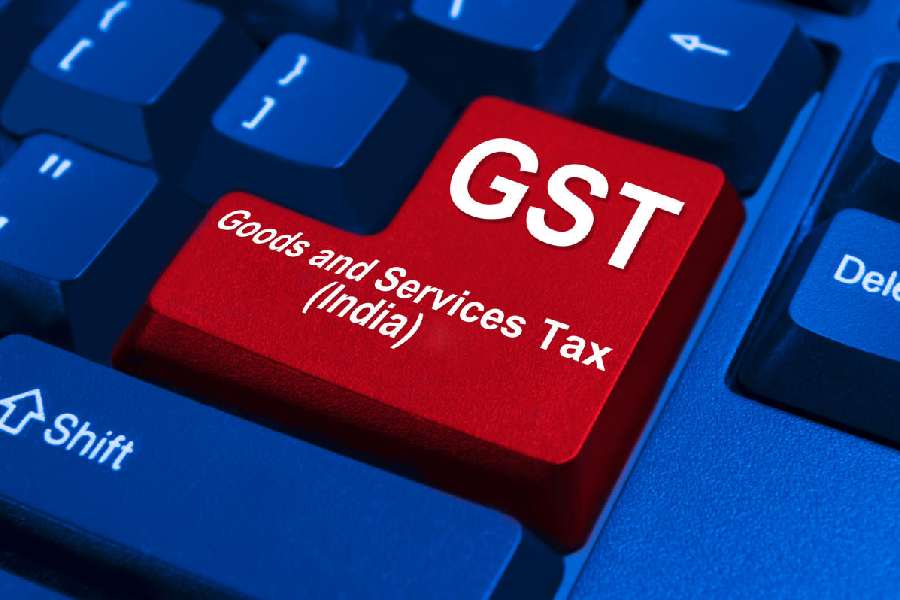A Group of Ministers proposal for 35 per cent GST slab has triggered uncertainty over whether the rate is for sin goods such as cigarettes and aerated drinks or meant for high-end items such as luxury cars, motorcycles and consumer durables.
Analysts warn the rate increase could dent demand, already faltering amid slowing economic growth.
The shares of cigarette makers ITC and Godfrey Phillips fell over fears of higher GST rates, though both the companies said they were unaware of the reasons for the stock movements.
The GST rate hike to 35 per cent will be negative for
cigarette makers such as
ITC as a sharp hike in taxes arguably pushes consumers to smuggled cigarettes.
In its last annual report, ITC had noted that steep increases in taxation historically have adversely impacted tax collections and legal cigarette volumes, while a stable tax regime has led to buoyancy in tax collections.
While taxes went up by 15.7 per cent CAGR between FY13 and FY17, revenue collections increased by only 4.7 per cent.
However, revenue collection went up 10.8 per cent between April 2018 to January 2020 over July 2017 to March 2018 as there was no tax hike.
The Centre had last tinkered with cigarette taxes in the budget of 2023 when National Calamity Contingent Fund (NCCD) was increased by 16 per cent. ITC did not comment on the development. The stock ended the trading with a cut of 1.02 per cent.
Priyanka Sachdeva (GST Partner-AMRG and Associates) said the GoM has proposed raising the tax rate on sin goods, including luxury cars, tobacco and aerated drinks, from 28 per cent to 35 per cent.
M.S. Mani, partner, Deloitte India, said “the new 35 per cent slab would be for ‘sin goods’ only and not for luxury items as it would be against the spirit of GST and higher than the pre-GST rate. The demand of ‘sin goods’ are unlikely to be significantly impacted by the hike in taxes as consumption is due to addiction.”
Krishan Arora, partner, Grant Thornton Bharat said by rationalising rates, the GoM’s strategy appears to seek a revenue-neutral position, balancing the anticipated revenue decline from reductions in health and life insurance with the revenue increases from adjustments on other products.”
Meanwhile, the Central Board of Indirect Taxes and Customs said in a release the GoM is only a recommendatory body. The GST Council has not yet deliberated on any GST rate changes. The reports are thus unfounded.
With inputs from Calcutta Bureau











